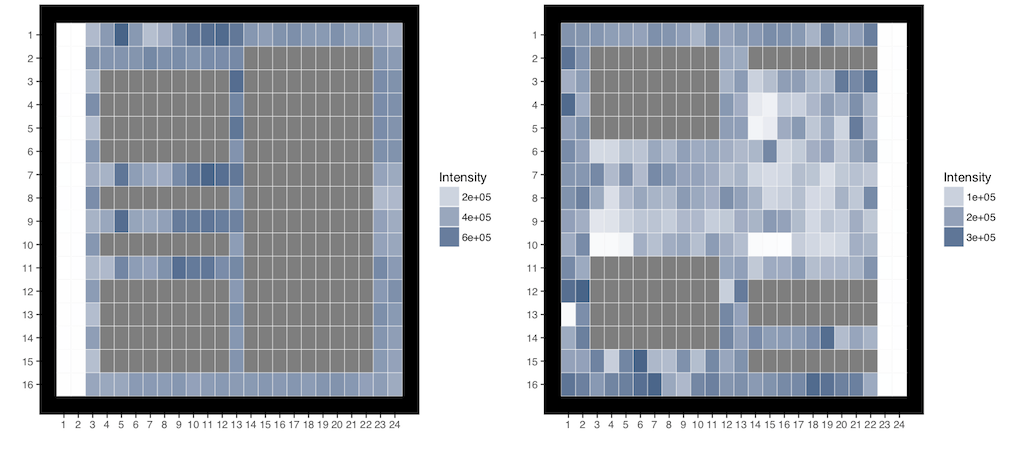Zoe Rehnberg
Zoe’s research focuses on the analysis of large-scale drug screening data and, specifically, on the reproducibility of results in replicated screens of anti-cancer drugs on cancer cell lines. Raw data collected from a drug screening study are typically used to fit dose-response curves and to estimate half-maximal inhibitory concentration (IC50) values. These values are used to summarize drug efficacy. In replicate screens, however, there seems to be little concordance between the IC50 estimates, suggesting problems in the data collection and analysis processes. An investigation into this lack of replicability in rescreened drugs has led to the identification of several sources of irreproducibility in IC50 estimates. These range from problems in data collection (large technical errors, spatial bias, extremely noisy screens) to concerns about data analysis procedures (normalization of raw intensity measurements and assumptions of sigmoid dose-response curves). These sources of irreproducibility manifest in many different ways, and many seem to work in conjunction with each other, making it difficult to correct for their complex effects. Improving quality control methods, Zoe’s current focus, may help to flag some of the most problematic cases and improve the overall integrity of the data.
The figure below shows the heatmaps of raw drug screening data collected in 384-well plates. Wells around the edges of the plates and in the central column(s) are controls, while the remainder of the wells are treated, with drugs applied in nine decreasing concentrations. Grey wells indicate missing data. The heatmap on the left shows an example of local spatial effects, with a checkerboard pattern in the controls in column 3 and a clear pattern of high and low intensities in the drugged wells in rows 7, 9, and 11. The heatmap on the right shows an extremely noisy plate, where the noise conceals any biological effects. The data are from the Genomics of Drug Sensitivity in Cancer project.
